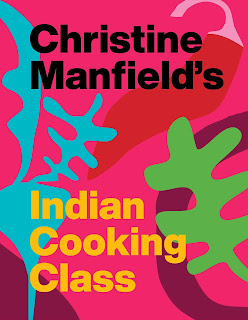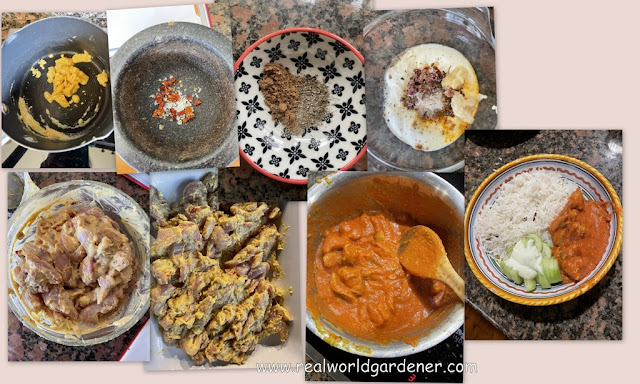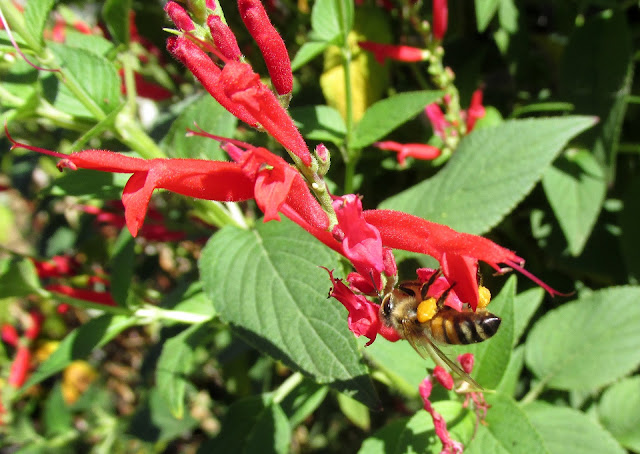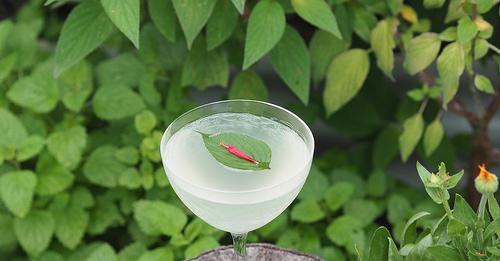KITCHEN GARDEN
Rose Geranium
Scientific name: Pelargonium graveolens
Family: Geraniaceae
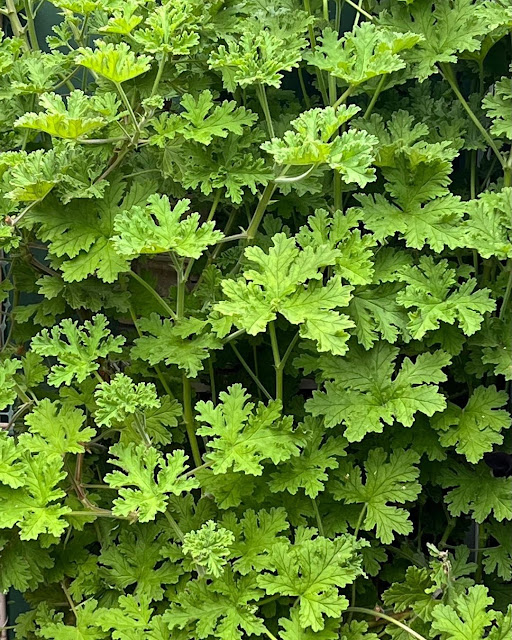 |
| Rose geranium leaves (photo Corinne Mossati) |
Recentaly I talked with Corinne Mossati on Real World Gardener radio show, about rose geraniums.
Personally I’m a fan of scented plants whether it’s the flowers or the leaves.
I just love to inhale their perfume either by sniffing the flowers or touching the leaves.
This next plant, the rose geranium, is not just your ordinary scented geranium because of its many uses.
Sure you can get by just inhaling the perfume after crushing the leaves but why not think about it’s culinary uses, especially in festive drinks.
First let's talk about the plant.
Rose geraniums are quick growing especially in the warmest months of the year.
Expect this to be a small bush of 1-2-1.5meters with leaves that are soft to the touch, slight hairy and deeply incised as pictured on the right.
Rose geraniums grow best in full sun but can tolerate part shade. Also frost and drought tolerant.
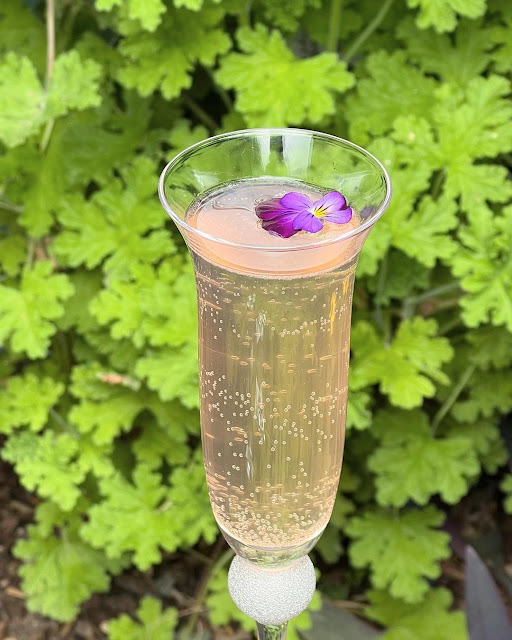 | |
| Rose Geranium spritzer (photo Corinne Mossati) |
Don't throw away the cuttings or prunings as all geraniums root easily and quickly.
Just cut a piece or stem of about 5cm long, first removing the bottom two-thirds of leaves. Pop this piece into seed raising mix in a small pot or you can even place cuttings in water.
Rooted cuttings soon grow into plants that make great gifts to give to friends.
But don't waste those leaves, because what better way to use them, than making a rose geranium syrup to pour over ice-cream or a rose geranium spritzer.
Start off with making a rose geranium syrup.
All you need is 1 cup of sugar, 1 cup of water and 1 cup of chopped rose geranium leaves.
I'm talking with Corinne Mossati, founder and editor of Gourmantic Garden and Cocktails and Bars Corinne has provided the links to the recipes below.
Rose Geranium Syrup recipe http://www.cocktailsandbars.
Rose Geranium Spritzer http://www.cocktailsandbars.
Let’s find out more by listening to the podcast.
If you have any feedback email realworldgardener@gmail.com or write in to 2RRR PO Box 644 Gladesville NSW 1675

